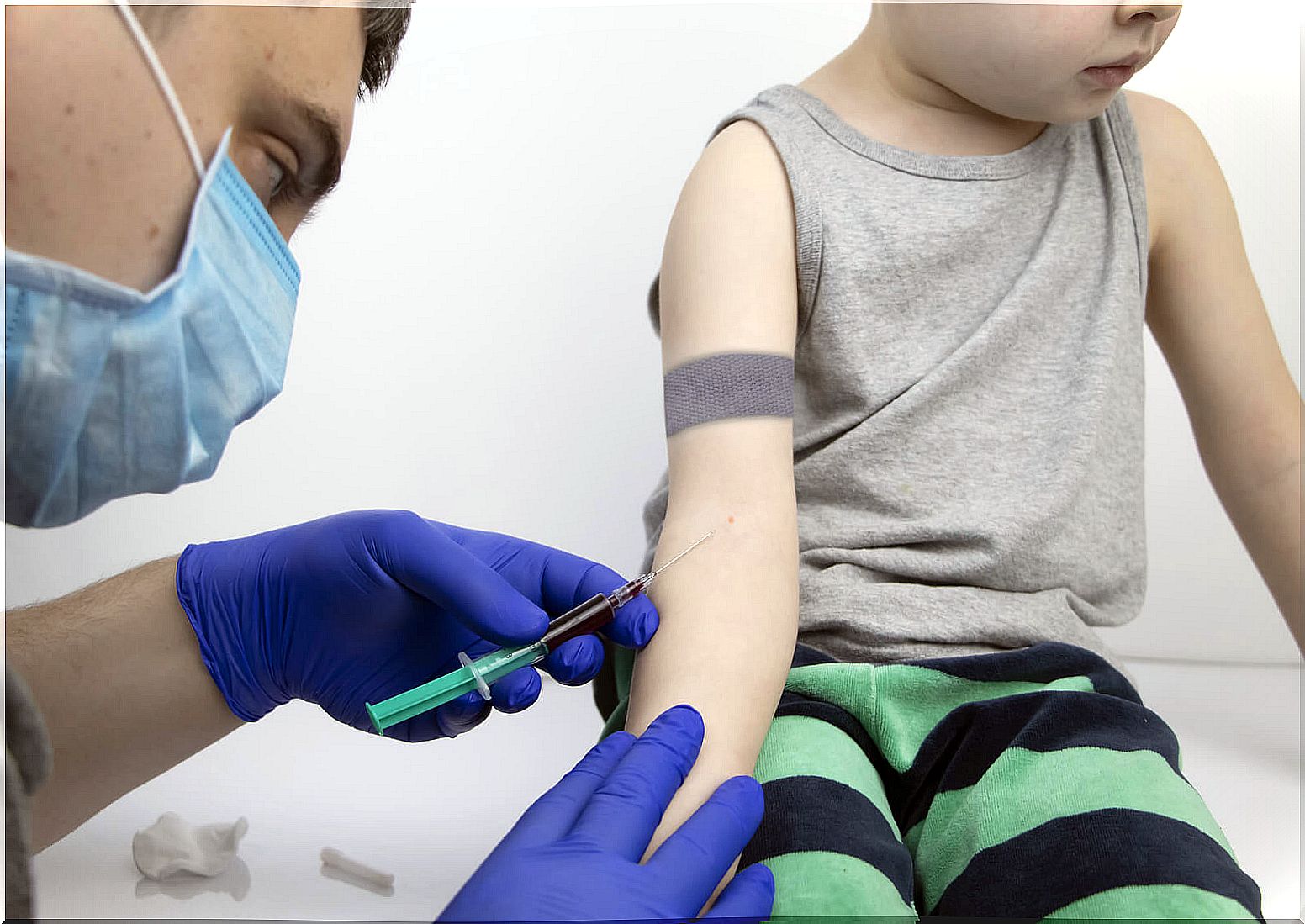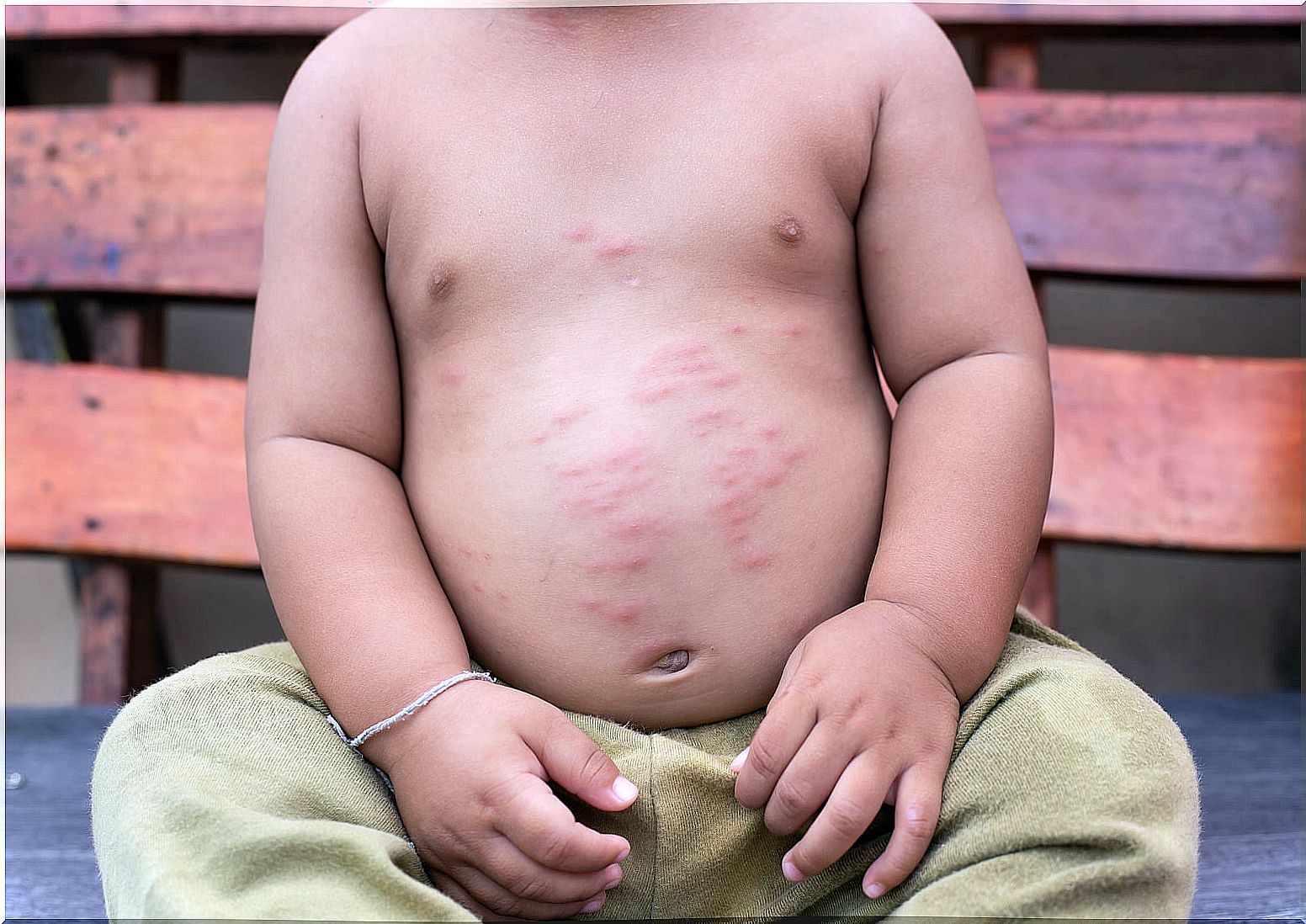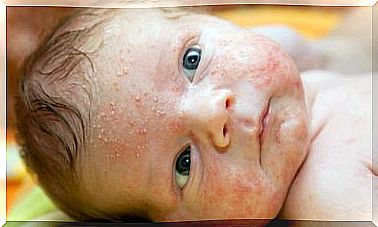How Are The Tests For The Detection Of Allergies In Children

Allergies are characterized by an exaggerated reaction of the body to exposure to a certain substance. This is recognized as strange by the body, so the immune system is activated abnormally, being capable of putting the patient’s life at risk in severe cases.
Allergic rhinitis, urticaria and bronchial asthma are just some examples of diseases that are explained by allergic processes. Fortunately, it is possible to diagnose the tendency of children to develop these reactions thanks to various tests. Are you interested in knowing them in depth? Keep reading!
Types of allergy tests
Although skin tests are the most widely used and known, there are also other studies performed by allergists and other specialists (such as pulmonologists) to help in the diagnosis of these conditions. Here are the most important ones!
Blood test

Most blood tests used to diagnose allergies measure immunoglobulin E levels. It is a very important type of antibody in allergic reactions that, if high levels are detected, it can be considered that there is a predisposition to develop this type of disorder.
There are many types of immunoglobulin E (as many as agents capable of developing an allergy in children), so two groups are usually determined in blood tests: total IgE and specific IgE.
The first, as its name suggests, is the total of all these antibodies in the examined sample. Instead, the second refers to the amount of antibodies directed towards a particular agent.
Skin tests for allergies
Skin tests are the most famous and, basically, they are based on the injection of a small amount of the agent that is intended to measure the immune response in the patient. As they are very low concentrations, in the vast majority of cases there are no adverse reactions of any kind.
Respiratory function tests
For the diagnosis of many diseases of the pulmonary system, pulmonologists use numerous studies such as spirometry. These are collectively known as respiratory function tests . Its diagnostic utility ranges from asthma to chronic obstructive pulmonary disease (COPD), to name a few.
In few cases, these tests can diagnose an allergy as such. These help detect lung diseases in any patient, whether they have allergies or not. For example, a spirometry allows the diagnosis of bronchial asthma, which despite having an allergic component, this is not the complete explanation of the disease.
Exposure, provocation and tolerance tests
As the name suggests, these are studies in which the patient is exposed to certain substances to verify the response of their body. They must be performed in health centers that have the means to attend to emergencies, but serious adverse effects are rare.
According to a publication of the Spanish Society of Clinical Immunology, Allergology and Pediatric Asthma, there are several routes of exposure to these substances: oral, conjunctival, nasal and bronchial.
Why are skin tests important?

You will surely wonder why these tests are so famous and used, and this corresponds a lot to their practicality, low cost and diagnostic specificity. Here we explain some of these reasons.
How and when are skin tests done?
The doctors in charge of doing this type of test are allergists. In most cases, patients are referred to these specialists for having developed bothersome or serious symptoms in certain conditions: bronchial asthma, allergic rhinitis or frequent food allergies.
Therefore, tests are done on medical advice to help diagnose and prevent certain conditions. To find out if your child needs it, go to your trusted pediatrician and tell him about these studies.
What happens if it tests positive?
Skin tests are considered positive when a local lesion characterized by swelling, swelling, and redness forms, known as a wheal . The largest diameter should measure at least 3 millimeters.
In that case, the doctor could give preventive recommendations (especially with regard to diet) and treatments based on antiallergic drugs, immunomodulators and steroids, depending on the particular case of the patient.
Advantages and disadvantages of testing
The prevalence of atopias in the general population is very high. This term refers to the tendency to develop allergic reactions. For this reason, in a person with a history of allergies, it is convenient to know to which other substances they could react in a similar way. This is very useful in the field of nutrition, since it allows you to avoid unnecessary exposure to foods that could be life-threatening.
As for the drawbacks of the tests, the possibility of developing severe adverse reactions (including difficulty breathing, swelling throughout the body and severe rashes) requires the participation of specialist doctors in centers trained to resolve emergencies.
Necessary and important tests for the detection of allergies
All these studies allow us to better understand the health status of children, which in some severe cases must be accompanied by changes in lifestyle to carry on with normal and safe day-to-day life. But the first thing is the diagnosis! If in doubt, go to your trusted pediatrician or allergist, as he or she will know what to do.










